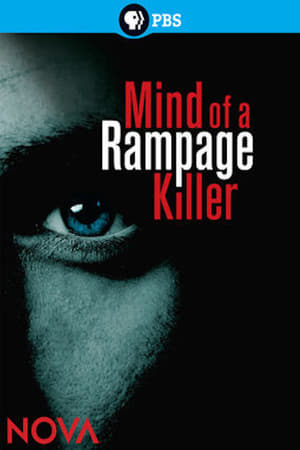

Secrets of a long life(2013)
Spared by cancer, diabetes and possibly Alzheimer’s, men and women of small stature are intriguing scientists that are trying to postpone age-related illnesses. What mechanisms protect these small Ecuadorian from certain illnesses? From Quito to Los Angeles, via Tel-Aviv, the film follows the revolutionary research, step-by-step, that is attempting to understand and prevent diseases such as cancer. And outlines ways to live in good health… for as long as possible.



Movie: Secrets of a long life
Top 1 Billed Cast
Narrator

Secrets de longévité
HomePage
Overview
Spared by cancer, diabetes and possibly Alzheimer’s, men and women of small stature are intriguing scientists that are trying to postpone age-related illnesses. What mechanisms protect these small Ecuadorian from certain illnesses? From Quito to Los Angeles, via Tel-Aviv, the film follows the revolutionary research, step-by-step, that is attempting to understand and prevent diseases such as cancer. And outlines ways to live in good health… for as long as possible.
Release Date
2013-04-04
Average
0
Rating:
0.0 startsTagline
Genres
Languages:
FrançaisKeywords
Similar Movies
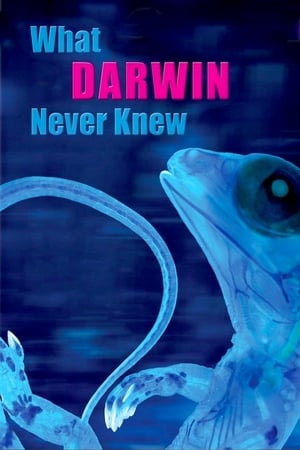 9.0
9.0What Darwin Never Knew(en)
Earth teems with a staggering variety of animals, including 9,000 kinds of birds, 28,000 types of fish, and more than 350,000 species of beetles. What explains this explosion of living creatures—1.4 million different species discovered so far, with perhaps another 50 million to go? The source of life's endless forms was a profound mystery until Charles Darwin brought forth his revolutionary idea of natural selection. But Darwin's radical insights raised as many questions as they answered. What actually drives evolution and turns one species into another? To what degree do different animals rely on the same genetic toolkit? And how did we evolve?
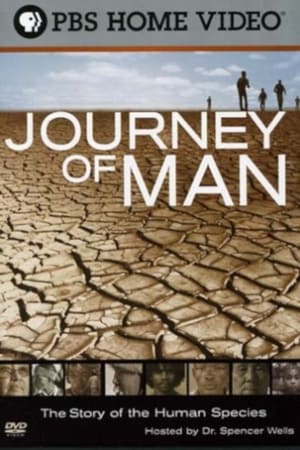 7.2
7.2The Journey of Man: A Genetic Odyssey(en)
Many geneticists and archaeologists have long surmised that human life began in Africa. Dr. Spencer Wells, one of a group of scientists studying the origin of human life, offers evidence and theories to support such a thesis in this PBS special. He claims that Africa was populated by only a few thousand people that some deserted their homeland in a conquest that has resulted in global domination.
 0.0
0.0Human By Chance?(en)
If we compare ourselves with our genetically closest living relatives, the chimpanzees, we have few physical advantages. We are far weaker, cannot move nearly as fast, and do not have the same climbing capabilities. Instead, humans excel in areas such as architecture, religion, science, language, writing, art, culture, and ideas. These achievements are due to our larger brain that contain billions of neurons. It was the rapid growth of our brain, originating about 2 million years ago, that allowed us to be the predominant species of the world. What caused this rapid growth of our cerebral cortex? Researchers worldwide have asked this question for many years, but now there finally seems to be an answer.
 10.0
10.0The Real Eve(en)
The made-for-cable documentary film The Real Eve is predicated on the theory that the human race can be traced to a common ancestor. The mitochondrial DNA of one prehistoric woman, who lived in Africa, has according to this theory been passed down from generation to generation over a span of 150,000 years, supplying the "chemical energy" to all humankind.
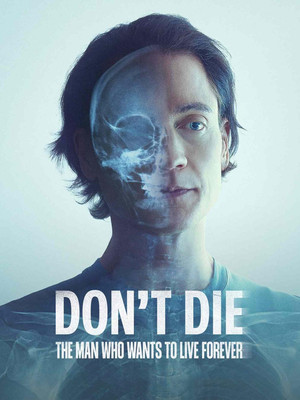 6.2
6.2Don't Die: The Man Who Wants to Live Forever(en)
In this documentary, wealthy entrepreneur Bryan Johnson puts his body and fortune on the line to defy aging and extend his life beyond all known limits.
 6.4
6.4Genesis 2.0(en)
A well-preserved mammoth carcass is found in the remote New Siberian Islands in the Arctic Ocean, opening up the possibility of a world-changing “Jurassic Park” moment in genetics.
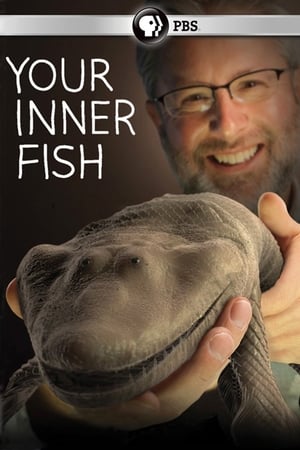 8.3
8.3Your Inner Fish(en)
How did your body become the complicated, quirky, amazing machine it is today? Anatomist Neil Shubin uncovers the answers in this 3-part science series that looks at human evolution. Using fossils, embryos and genes, he reveals how our bodies are the legacy of ancient fish, reptiles and primates — the ancestors you never knew were in your family tree.
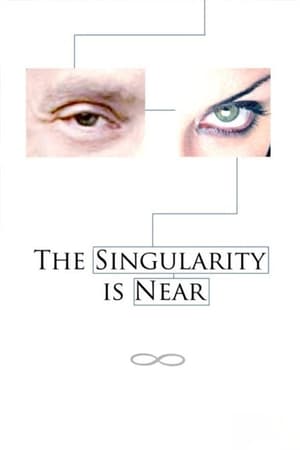 6.2
6.2The Singularity Is Near(en)
The onset of the 21st Century will be an era in which the very nature of what it means to be human will be both enriched and challenged as our species breaks the shackles of its genetic legacy and achieves inconceivable heights of intelligence, material progress, and longevity. While the social and philosophical ramifications of these changes will be profound, and the threats they pose considerable, celebrated futurist Ray Kurzweil presents a view of the coming age that is both a dramatic culmination of centuries of technological ingenuity and a genuinely inspiring vision of our ultimate destiny.
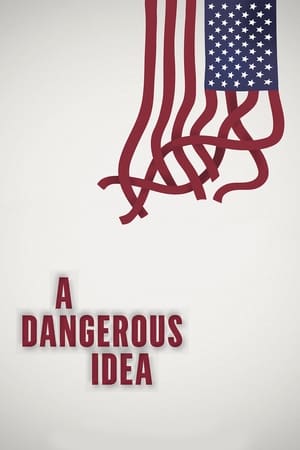 8.0
8.0A Dangerous Idea(en)
A dangerous idea has threatened the American Dream from the beginning - the belief that some groups and individuals are inherently superior to others and more deserving of fundamental rights. Such biological determinism provided an excuse for some of America's most shameful history. And now it's back. This documentary reveals how biologically determined politics has disenfranchised women and people of color, provided a rationale for state sanctioned crimes committed against America's most vulnerable citizens, and now gains new traction under the Trump administration.
 6.5
6.5Our Father(en)
After a woman's at-home DNA test reveals multiple half-siblings, she discovers a shocking scheme involving donor sperm and a popular fertility doctor.
 6.5
6.5Immortalité, Dernière Frontière(fr)
Immortality and eternal life: Will this great human dream come true? In any case, cryonics is making ever greater progress, human cloning no longer seems impossible and research is being carried out into the digital reproduction of the brain. Taking stock in the USA, Canada, Europe and Russia. The documentary delves into a world in which all-too-human people refuse to simply be wiped out by death. It shows how difficult it is to resist the promises of eternal life and also highlights the economic interests behind such endeavors. Google's push is just one sign of a possible two-tier society of the future: on the one hand, the rich who have access to such "offers", on the other, the rest of society.
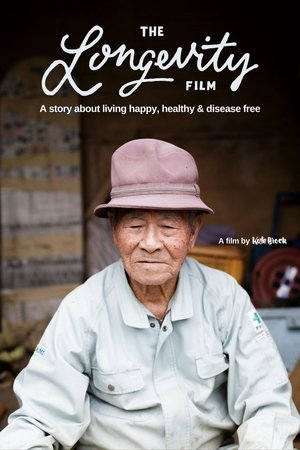 5.0
5.0The Longevity Film(en)
Kale Brock visits communities with improved life expectancies, low rates of disease and an extremely high quality of life well into the later years, for a deep dive into longevity culture and what it really takes to get well and stay well.
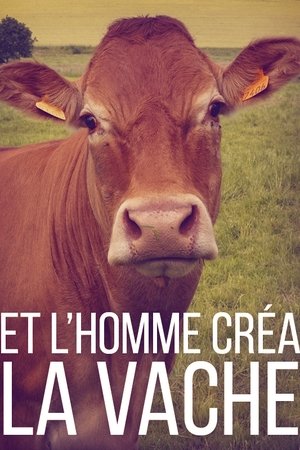 6.5
6.5And Man Created the Cow(fr)
10,000 years ago, the European forests were inhabited by huge cattle with protruding horns: the aurochs. Then man began to domesticate them and created the cow. By crossing species, he adapted the animals over time so that they increasingly met his needs and desires. Industrial livestock farming was born. From then on, beef cattle and dairy cows such as the Holstein cow were bred. Milk production tripled within a few decades. Today, the cow of the future is produced by artificial insemination. By selecting a few breeding bulls that are considered to be top bulls, rapid genetic progress is ensured.
The Central Dogma: From Genomic Information to Protein Synthesis(en)
This animated film was made by RIKEN Omics Science Center for the "Beyond DNA" exhibition at the National Science Museum of Japan. The filmmakers attempt to illustrate how molecular machines interact with each other according to the central dogma, with an anime look. This approach helps people (especially kids) to identify these molecules more easily, and to understand how they function in the body. There are two versions of the film: one with English narration and text, and another in Japanese.
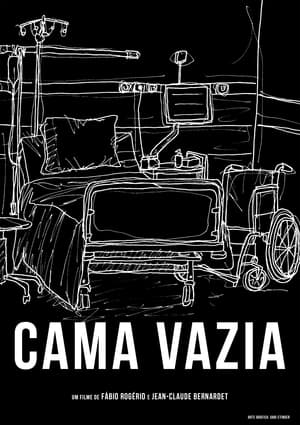 6.0
6.0Cama Vazia(pt)
The death machine needs to maintain its longevity to expand and profit.
Mr. Overton(en)
Richard Overton, at 109 years old, is the oldest living WWII veteran. He lives alone, still drives, and has a 91 year old girlfriend named Ms. Love. In this snapshot of his daily life, we learn something about what life is like at 109 years. As he says, 'I may give out, but I'll never give up.'
